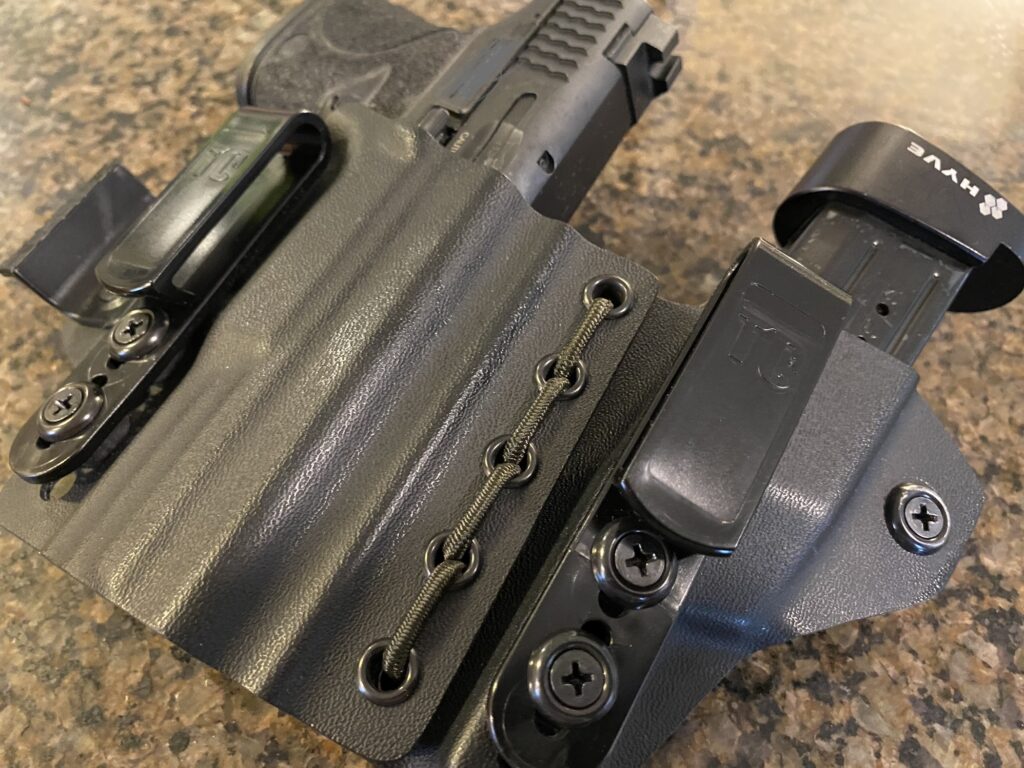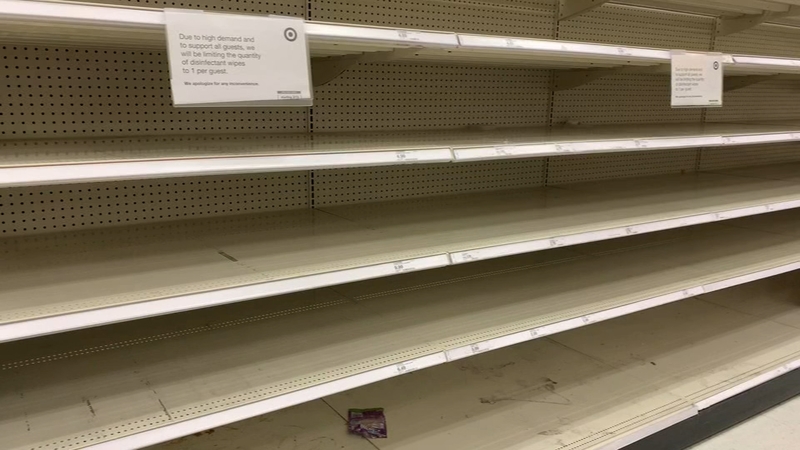Now that we have the food and water taken care of let’s take a look at another crucial aspect of preparedness, defending yourselves and loved ones. In my great commie state of Illinois we have this thing called a FOID (Firearm Owners Identification) card. This is required to possess or purchase firearms and ammunition. If you don’t live in this state you might be thinking, “that is insane”, and you would be correct. But that is a topic for another day. Long before the times of this virus and civil unrest, if we spoke about firearms I probably asked you if you have your FOID. I would then go forth to suggest you get it and we go shooting. Previous to all this chaos getting your FOID card was a pain in the ass, but you usually received it in a somewhat timely manner. Even if you didn’t plan on buying a firearm I still suggested that you get your FOID and Concealed Carry cards.
Now let’s fast forward to today. Unless you have been living in total isolation you are aware of the events that have happened and what continue to happen. A declared pandemic and civil unrest is a really bad time to start trying to stock up on firearms and ammunition. Just like we saw with the food supplies, firearms have dried up and prices have increased a good amount. Ammunition is nowhere to be found unless you really work hard and prices for that have just about tripled. Now, all of a sudden you want to make friends with the guy that orders his bulk ammo supply for the year, or in case something happens…like ammo becoming extinct. FOID card delays are all over the place. Some people are waiting 90 days, some MUCH longer than that. You know what that means? They are unable to legally purchase firearms or ammunition. They have literally been handicapped to legally acquire the means to defend their lives. Renewals for FOID and Concealed Carry cards have been placed on the backburner and a note has been sent out that it is ok until they are able to catch up. Issues with presenting expired FOID cards to buy anything still present themselves despite the notes. At this point if you have not obtained your FOID and Concealed Carry you are at the mercy of the state to legally purchase items to defend yourself. That is something you may want to remember for the rest of your life.
Let’s move on here. These are a few basics that I suggest having to defend yourselves and your loved ones. First off, I suggest getting yourself a reliable full size pistol. I am not going to go into great detail right now, just stay away from the cheap shit and stick with major name brands. Glock, M&P, Canik, and Ruger are all good manufactures to look at.
Spare magazines are a must. Use the food model we discussed in the last post and just started grabbing a few magazines here and there. If you find a good deal on something, buy a bunch.
You are going to need a holster for this pistol. An outside or inside the waistband holster will do. Again, I’m not going to get into specifics as I will do an entire write up on gear at some point. Just make sure it’s some type of hard kydex plastic that covers the trigger and is designed for your specific model. Do not get these soft one size fits all holsters. They suck and they are not safe.
You are going to want to get yourself a long gun. My recommendation is an AR (which stands for Armalite, not Assault Rifle) style platform chambered in 5.56 or .223 wylde. This is the most common long gun in the United States. If it came down to needing to borrow and share magazines, the chances of you finding someone with the same format is very high. Another benefit is that this firearm is very easy to shoot. Each member of your family will be able to manipulate this with little trouble. A sling is necessary, this is not an option. You will need multiple magazines as well. I tend to favor the Magpul 30 round variety. If you are unable to afford or find an AR platform rifle, I would look for a pistol caliber carbine or shotgun. This in no way substitutes a rifle but it is better than a pistol.
You will obviously need ammunition to go with your firearms. At this point, if you do not have ammo, you will need to pick up whatever you can find. This means you will more than likely be buying a box or two when you find it. Which was a good practice prior to all this chaos. Buying in bulk has always been my recommended way to go. You will usually get the best deal this way and picking up 1000 rounds at the beginning of the year will have you set for your training season or the current situation we have found ourselves in. Bulk orders at this time are rare. The handful I have found sell out in under 1 second, that is not an exaggeration. 1000 rounds per functional firearm is an excellent goal. I don’t mean the firearms you have sitting collecting dust, although you should have ammo for each of your firearms. Right now I am talking about the firearms you would use to defend yourself and your family.
None of this will matter much if you don’t train. Going out and spending $3,000 on firearms and ammunition won’t do you any good if you don’t know how to use them. Find some training. With how scarce ammo is now you may be hesitant to take a class. Save the ammo up and take the class! You will learn skills that you can take with you and pass on for the rest of your life. It is worth it!
So after you acquire the firearms, ammunition, and training where does that leave you? A plan or multiple plans need to be developed. I would suggest starting with your home. Set up a defense plan similar to an emergency response plan for a fire or tornado. Where will you go? Where will your family go? Who will call 911? Who will render medical aid if needed? This is something you should talk about with your family. Once you have a function home plan in place you can start thinking about your block/neighborhood. Talk to friends and neighbors about what you would do in the case of violent crimes and no police response. How will you communicate with each other quickly if the need comes? What are each of your neighbors strengths? If you haven’t done so already, it is time to start building your local community.
Think this is all ridiculous and over the top? Take a look at any of the multiple examples of riots and civil unrest we have seen over the past few years. When those towns were burning to the ground what was the response time of police for something like a home invasion a few miles down the road? There wasn’t one! It is best that you start to learn that when bad shit is happening, no one is coming to save you. You are your own first responder.
Be comfortable, be confident, and stay safe!




